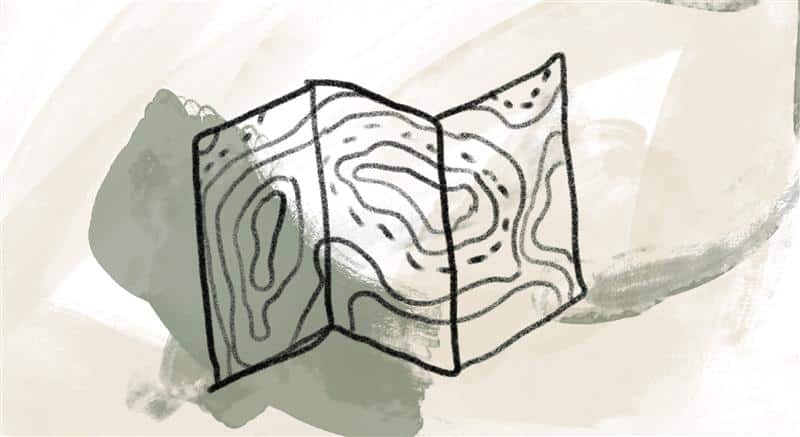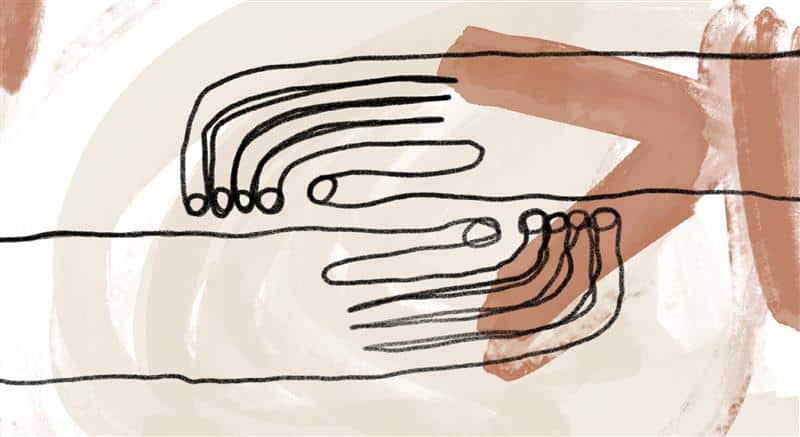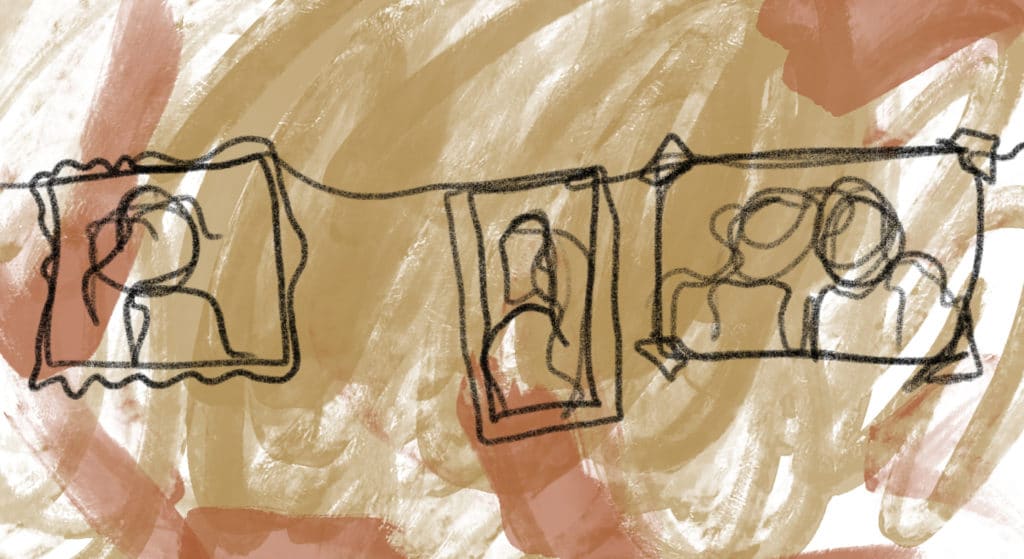
Father Richard shares the universal need to express our grief:
The human instinct is to block suffering and pain. This is especially true in the West where we have been influenced by the “rationalism” of the Enlightenment. As anyone who has experienced grief can attest, it isn’t rational. We really don’t know how to hurt! We simply don’t know what to do with our pain.
The great wisdom traditions are trying to teach us that grief isn’t something from which to run. It’s a liminal space, a time of transformation. In fact, we can’t risk getting rid of our pain until we’ve learned what it has to teach us, and it—grief, suffering, loss, pain—always has something to teach us! Unfortunately, many of us have been taught that grief and sadness are something to repress, deny, or avoid. We would much rather be angry than sad.
Perhaps the simplest and most inclusive definition of grief is “unfinished hurt.” It feels like a demon spinning around inside of us and it hurts too much, so we immediately look for someone else to blame. We have to learn to remain open to our grief, to wait in patient expectation for what it has to teach us. When we close in too tightly around our sadness or grief, when we try to fix it, control it, or understand it, we only deny ourselves its lessons.
Saint Ephrem the Syrian (303–373) considered tears to be sacramental signs of divine mercy. He instructs: “Give God weeping, and increase the tears in your eyes: through your tears and [God’s] goodness the soul which has been dead will be restored.” [1] What a different kind of human being than most of us! In the charismatic circles in which I participated during my early years of ministry, holy tears were a common experience. Saints Francis and Clare of Assisi reportedly wept all the time—for days on end!
The “weeping mode” is a different way of being in the world. It’s different than the fixing, explaining, or controlling mode. We’re finally free to feel the tragedy of things, the sadness of things. Tears cleanse our eyes both physically and spiritually so we can begin to see more clearly. Sometimes we have to cry for a very long time because we’re not seeing truthfully or well at all. Tears only come when we realize we can’t fix and we can’t change reality. The situation is absurd, it’s unjust, it’s wrong, it’s impossible. She should not have died; he should not have died. How could this happen? Only when we are led to the edges of our own resources are we finally free to move to the weeping mode.
The way we can tell our tears have cleansed us is that afterwards we don’t need to blame anybody, even ourselves. It’s an utter transformation and cleansing of the soul, and we know it came from God. It is what it is, and somehow God is in it.
References:
[1] Ephrem, sermon on Isaiah 26:10, in Penthos: The Doctrine of Compunction in the Christian East, by Irénée Hausherr, trans. Anselm Hufstader (Kalamazoo, MI: Cistercian Publications, 1982), 29.
Adapted from Richard Rohr, Beloved Sons Series: Men and Grief (Albuquerque, NM: Center for Action and Contemplation, 2005). Available as MP3 audio download.
Image credit and inspiration: Siim Lukka, untitled (detail), 2017, photo, Estonia. Unsplash. Click here to enlarge image. We make room for our personal and collective grief by letting the sorrow burn through.
Story from Our Community:
As a young adult, I lived a more solitary life close to nature, and I loved the experience. I then moved to a small city where I felt nurtured by the people I would meet and chat with. Over the years, I’ve realized that those small moments of connection have truly helped me feel God’s presence. I still love spending time alone in nature, but I have come to believe God’s place for me is in community with others.
—Tom L.




